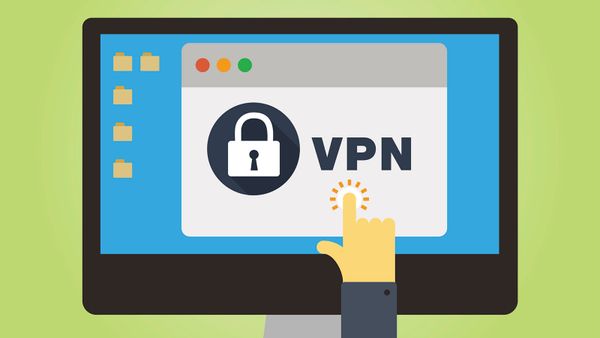When you walk into a typical business, you're probably not setting foot in the company's main office. Instead, you're in a branch. Thanks to everything from globalization to mergers, more businesses are opening more offices -- and more employees are working somewhere other than company headquarters. In fact, more than 75 percent of workers report to their jobs at a branch location [source: Yankee Group]. On top of that, about 90 percent of new hires will be employed at a branch office [source: Cisco].
Although branches are often called "remote" offices, they shouldn't feel remote. Instead, each branch should operate as if it were inside the company's headquarters. Communication with employees should happen seamlessly. Clients and the public should get corporate information reliably and accurately, no matter which office it comes from. Across all of its offices, a company's brand identity and culture should be consistent. They influence how employees work together, as well as the experience they provide to the company's customers, says Paul Parkin, founding partner of SALT Branding.
Advertisement
So, a company with multiple offices has to make sure all the branches are linked as efficiently as possible. In addition to having a hard time with communication and culture, companies with ineffective or poorly maintained information technology (IT) integration can face lots of technical problems. If different offices use different software and hardware, or if they update these tools erratically, they can have a number of problems, including the following:
- High costs due to everything from extra maintenance to lost productivity
- Incompatible computer systems
- Slow reporting of technical issues
- Network performance problems
If it doesn't integrate its technology well, a company can also have trouble recovering from system failures and computer problems at its branch offices. Many branch offices don't have their own tech support staff, which can compound all of these issues.
Fortunately, there are lots of tools to help businesses integrate their remote offices with one other and with headquarters, no matter how large these businesses are or how many offices they have. Read on to learn how your company can successfully integrate its remote offices.
Advertisement



